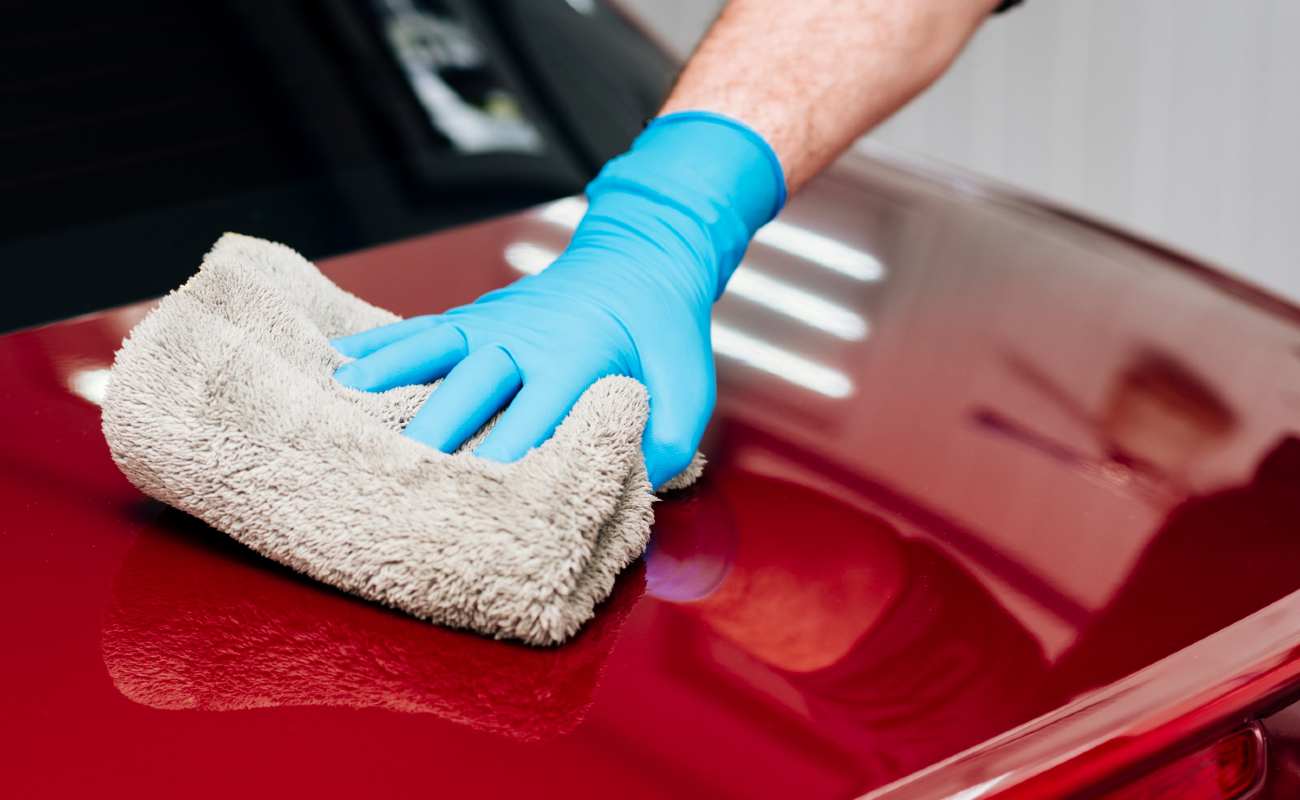Unveiling the Formulation Toolbox: Tailoring Water-Based Polyurethane for Specific Needs
Alright, fellow coatings and adhesives aficionados! We've explored the wonders of water-based polyurethane (WBPU) – its eco-friendly charm, faster drying times, and versatility. Now, let's delve deeper into the formulation strategies that unlock WBPU's true potential for specific properties. Buckle up, because we're about to craft some high-performance WBPU formulations!
The Formulation Orchestra: Balancing Performance and Harmony
Formulating WBPU is like conducting an orchestra. Each component plays a crucial role in achieving the desired final product. Here are some key players and their influence:
Polyol Selection
The polyol type (e.g., polyester, polyether) significantly impacts film properties. Higher functionality (more OH groups) leads to denser crosslinking, enhancing hardness and chemical resistance. For example, using a trifunctional polyol like trimethylolpropane (TMP) will create a more rigid network compared to a difunctional diol like butanediol (BD).
Real-Time Formulations Example 1: Balancing Flexibility and Hardness
Imagine we need a WBPU coating for a flexible phone case. We can achieve this by incorporating a blend of polyols. Let's say 70% of the polyol component is a flexible polyether polyol (PPG) and 30% is a more rigid polyester polyol. This balance ensures good flexibility from the PPG while maintaining some rigidity from the polyester for scratch resistance.
Isocyanate Chemistry: Isocyanates dictate crosslinking density and film formation. Aliphatic isocyanates offer excellent UV resistance but may be slower reacting. Aromatic isocyanates, on the other hand, react faster but can have slight yellowing tendencies. We can use a blend or choose an isocyanate with modified functionality to achieve the desired balance.
Real-Time Formulations Example 2: Optimizing for UV Resistance
For an outdoor furniture coating, UV resistance is paramount. Here, we might choose a WBPU formulation with a high content of aliphatic isocyanates (e.g., IPDI) alongside light stabilizers like hindered amine light stabilizers (HALS) to shield the PU network from UV degradation.
Emulsifiers and Surfactants
These unsung heroes ensure proper dispersion of the hydrophobic PU components in water. The choice of emulsifier depends on the specific oil phase and desired droplet size.
Additive Symphony: Fine-Tuning Performance
Beyond the core components, a range of additives can further refine WBPU properties:
Crosslinkers: Low molecular weight multifunctional molecules like diamines can enhance film strength and chemical resistance.
Fillers and Matting Agents: These inorganic materials like silica or aluminum oxide can improve scratch resistance, opacity, and achieve a desired matte finish.
Defoamers: As the name suggests, these prevent excessive foaming during mixing or application.
Real-Time Formulation Example 3: Enhancing Water Resistance
For a water-resistant wood adhesive, we can incorporate silane-based crosslinkers. These not only enhance crosslinking but also introduce Si-O functionalities, improving the overall water repellency of the adhesive bond.
The Formulation Journey Continues...
This is just a glimpse into the vast formulation strategies for WBPU. Remember, the key lies in understanding how each component interacts and how to adjust them for your specific needs. With ongoing research, novel polyols, isocyanates, and additives are constantly emerging, pushing the boundaries of WBPU performance. So, keep experimenting, keep formulating, and keep creating innovative coatings and adhesives for a sustainable future!
Remember: These are just a few examples, and the optimal formulation will depend on the specific desired properties and application requirements. It's always crucial to consult technical data sheets and conduct thorough testing before finalizing a formulation.
Gain full mastery in water-based polyurethane formulations. Attend our exclusive expert-led online training: Water Based Polyurethane Formulations Made Simple: The Game Changer for Modern Formulators

